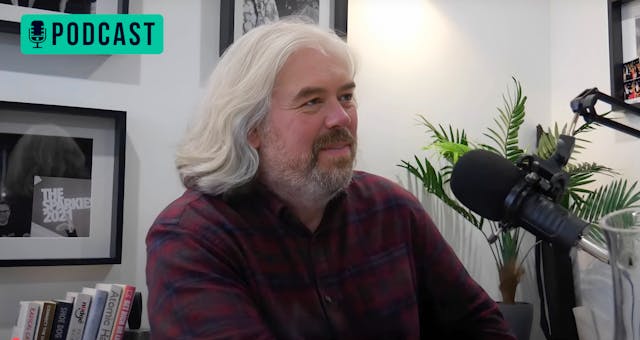How To Write A Great Development Brief

Whenever you speak to the Rocketmakers team about a possible new project, one of the first questions you’ll likely be asked is, “Do you have a development brief?”
This might sound like an intimidating question if you don’t have a technical background, but writing a great brief doesn’t need to be complicated. We asked our brightest minds to weigh in with a few pointers.
Well Thought Out, But Not Too Detailed
The most successful projects begin with a development brief which focuses on who the likely users will be and what problem this product will solve for them.
Ideally this brief will also include an outline of the user experience (UX), the features and functions the product will need, and any integrations with third-party or internal platforms that may be required. It is also very useful if a potential client differentiates between the “must have” and “nice to have” features.
Technical feasibility is also useful to consider in advance. Are you sure that the product you want to create is possible? Rocketmakers is great at building products that are on the “horizon” of what’s possible, but not every innovative idea is technically or financially viable.
Getting feedback from potential users is also a great way to test your ideas. This could be as simple as describing the product to likely users to get their reaction, but could also include more in-depth consumer research. What’s most important is to “get outside your own head” and get validation for your ideas from other people. Whatever you gather, be sure to include this in your brief.
The brief doesn’t need to be written in any particular format or even be very long. What’s most important is that the ideas behind the project have been thought through, and can be clearly expressed.
Too much detail can actually be a problem. For example, a brief which says “good security is essential” is much more useful than a brief which sets out specific security measures, like facial recognition or fingerprint login. Instead of identifying solutions at the very start of the project, use the project brief to identify the most important challenges.
Why A Great Development Brief Is Useful
The very first step in any project is called “discovery.” This typically begins with a workshop attended by developers, designers, and project managers who examine the project from as many angles as possible.
A great development brief is very useful for the discovery phase for two reasons:
- A clearly defined UX and feature set makes it easier to target the right questions more quickly.
- When a brief is not clear, or when there is no brief at all, a lot more time has to be invested to identify project objectives before work can begin.
- It helps to prioritise what’s most important so that estimates can focus on those activities rather than trying to estimate the full set of potential features all at once.
More Tips For Writing a Great development brief
- Show off your expertise. Your idea for a new product is rooted in your own personal experience and understanding.Tell us how you can see a gap in the market, or are confident that a problem exists. Help us to see your industry through your eyes.
- Address the commercial elements. How will you generate revenue? How will you get paid by users? Often this needs to be understood and considered when planning and building product functionality.
- Include more than just vision. A strong vision for a new project is essential, but a great brief needs to go beyond this. Exploring specific solutions is essential for ensuring the product you want is possible and understood by all. This also makes estimating costs at an early stage much easier.
- Be flexible. Even the best development briefs are starting points. Be willing to have your ideas challenged and be willing to change your mind when alternative solutions are proposed. Write your brief with the idea that this is your thinking now, but it will change over time.
- Don’t be afraid to get validation. When you’ve come up with a great idea, it can be tempting to keep it to yourself. Being secretive about your proposal might discourage you from getting outside validation, though, and this tends to be the biggest risk of all to any new project.
Be Prepared To Pivot
Most successful projects at some point in their development cycle have a “pivot,” from how the product works, to the target audience, to route to market. Instead of seeing this as a setback, see it as a sign of progress towards the eventual goal.
A great development brief actually helps with this process, as it highlights challenges at a very early stage. No project looks exactly the same at its conclusion as it did at the start - use a development brief to identify the difficult parts of your project when they are the easiest to address.
Interested in working with us? Get in touch.



